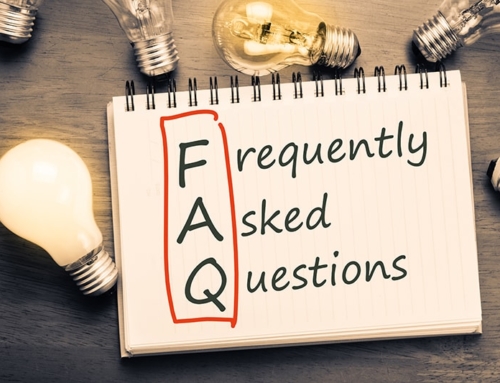What Is Self-Publishing
Self-publishing helps up and coming writers realize their dreams of becoming published authors.
Self-publishing places responsibility for all aspects of production, marketing, and distribution of an author’s book in their hands. This includes the editing, book design, printing, and distribution of each new copy to buyers. As the fastest-growing area of the book publishing industry, self publishing has recently grown more popular due in part to the proliferation of print-on-demand technology, which negates the need for warehousing large quantities of books.
Self-publishing developed out of a desire to help up and coming writers realize their dreams of becoming published authors. Since the reality of the traditional publishing industry is that it is both costly and exclusive to publish a book, self-publishing offers authors the rare opportunity to retain creative control of their book, resulting in a higher quality, above-par product.
While self-publishing requires the author to undertake any and all costs associated with publication, distribution, and marketing of their book, the good news is that the author keeps 100% of all sales profits. As such, royalties incurred from self-published books will be significantly higher than those from books released by mainstream publishers.
Additionally, many self-publishing companies utilize print-on-demand technology, which maintains a polished, professional aesthetic in all POD books. The development of POD technology means that printing a book has now become relatively low-cost for authors, allowing them to pour more of their funds into a solid promotional campaign after the printing phase.
Once an author has their self published book in their hands, it is up to them to drum up the necessary publicity in order to sell more copies.




